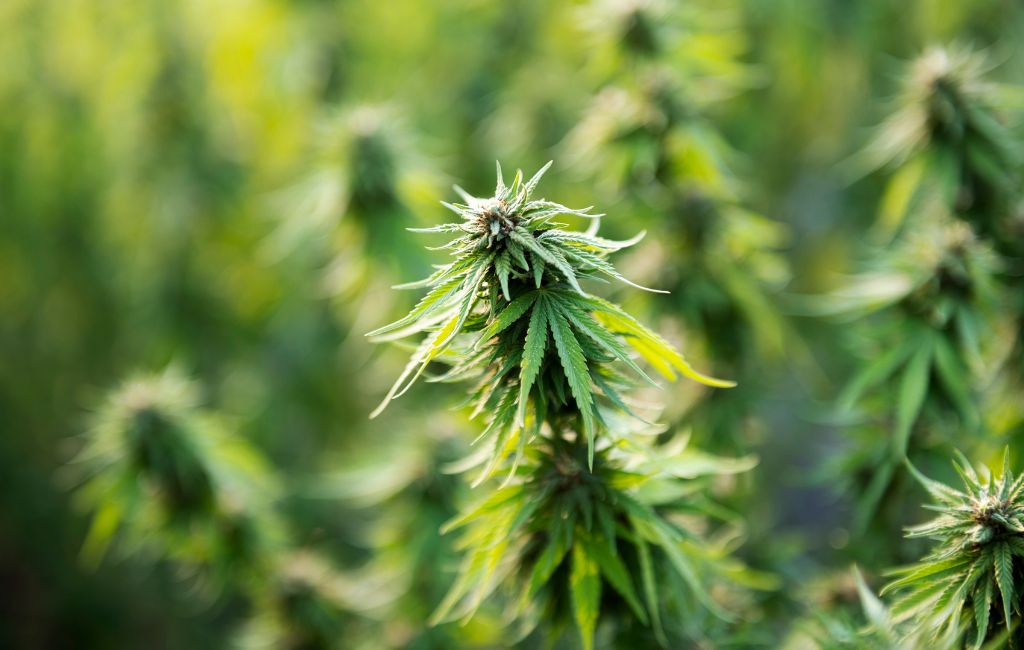With the increasing acceptance and legalization of cannabis in various regions, the market for cannabis-infused products has expanded significantly. Among these products, weed topicals have gained popularity for their potential therapeutic benefits. This article delves into the world of weed topicals, exploring their uses, benefits, and the science behind them.
What Are Weed Topicals?
Weed topicals are cannabis-infused products designed for external application on the skin. Unlike other cannabis products, topicals do not produce psychoactive effects, making them an attractive option for those seeking relief without the high. These products come in various forms, including creams, balms, lotions, and oils.
How Do Weed Topicals Work?
The primary mechanism of action for weed topicals involves the interaction of cannabinoids with the body’s endocannabinoid system (ECS). The ECS plays a crucial role in regulating various physiological processes, including pain, inflammation, and immune response. When applied to the skin, cannabinoids such as THC and CBD bind to receptors in the ECS, potentially providing localized relief.
Benefits of Weed Topicals
Weed topicals offer a range of potential benefits, making them a popular choice for individuals seeking natural remedies. Some of the key benefits include:
- Pain Relief: Many users report relief from chronic pain conditions, such as arthritis and muscle soreness, after using weed topicals.
- Anti-Inflammatory Properties: Cannabinoids have been shown to possess anti-inflammatory properties, which may help reduce swelling and discomfort.
- Skin Health: Some topicals are formulated with additional ingredients that promote skin health, such as essential oils and vitamins.
- Non-Psychoactive: Since topicals do not enter the bloodstream, they do not produce the psychoactive effects associated with other cannabis products.
Popular Types of Weed Topicals
The market offers a variety of weed topicals, each catering to different needs and preferences. Some popular types include:
- Creams and Lotions: These are often used for general skin care and localized pain relief.
- Balms and Salves: Typically thicker in consistency, these are ideal for targeted application on sore muscles and joints.
- Oils: Often used for massage, cannabis-infused oils can provide relaxation and relief from tension.
- Patches: These deliver cannabinoids over an extended period, offering prolonged relief.
Scientific Evidence and Case Studies
Research on weed topicals is still in its early stages, but several studies and anecdotal evidence suggest promising results. A study published in the European Journal of Pain found that topical CBD application reduced pain and inflammation in animal models of arthritis. Another study in the Journal of Dermatological Science highlighted the potential of cannabinoids in treating skin conditions like psoriasis.
Case studies also provide insight into the effectiveness of weed topicals. For instance, a patient with chronic back pain reported significant improvement after using a THC-infused balm, allowing them to reduce their reliance on prescription painkillers.
Considerations When Choosing Weed Topicals
When selecting a weed topical, several factors can influence the choice:
- Potency: The concentration of cannabinoids can vary between products, so it’s important to choose one that matches your needs.
- Ingredients: Look for products with natural ingredients and avoid those with artificial additives.
- Application Area: Consider the area of the body where the topical will be applied, as some products are formulated for specific uses.
- Brand Reputation: Opt for reputable brands with positive customer reviews and transparent sourcing practices.
The Future of Weed Topicals
The future of weed topicals looks promising as more research is conducted and consumer interest grows. Innovations in formulation and delivery methods are likely to enhance the effectiveness and appeal of these products. As the legal landscape continues to evolve, access to high-quality weed topicals is expected to increase, providing more individuals with natural options for relief.
Conclusion
Weed topicals represent a growing segment of the cannabis market, offering potential benefits for pain relief, inflammation reduction, and skin health. With a variety of products available, consumers can find options tailored to their specific needs. As research progresses, the understanding of how these topicals work and their potential applications will continue to expand, making them an exciting area of exploration in the world of cannabis.
